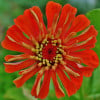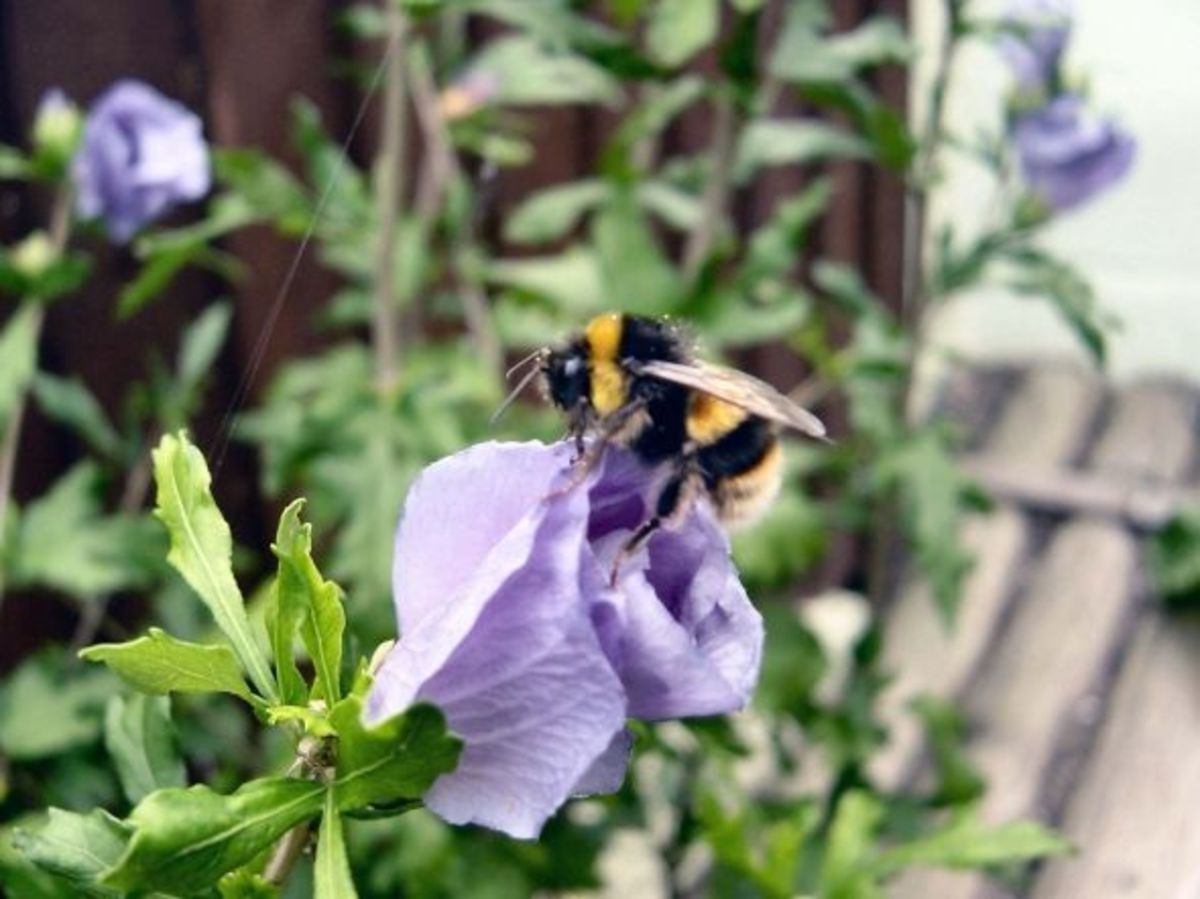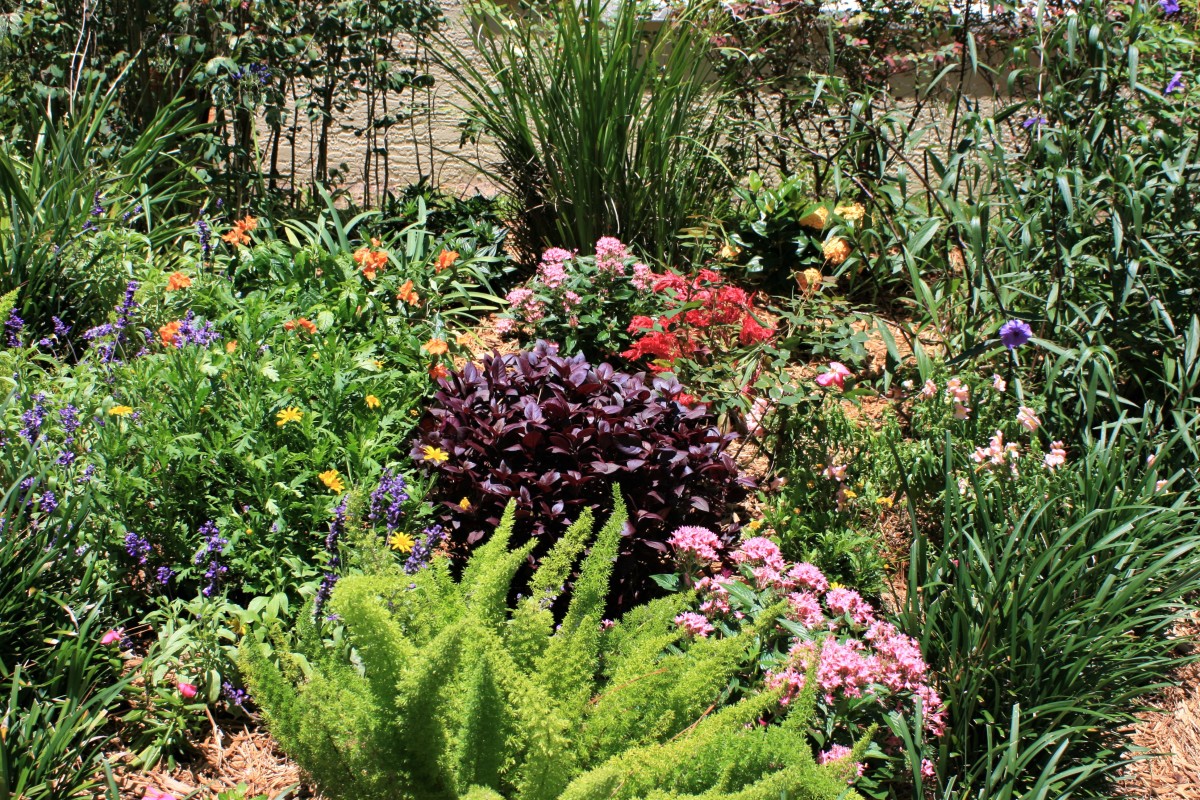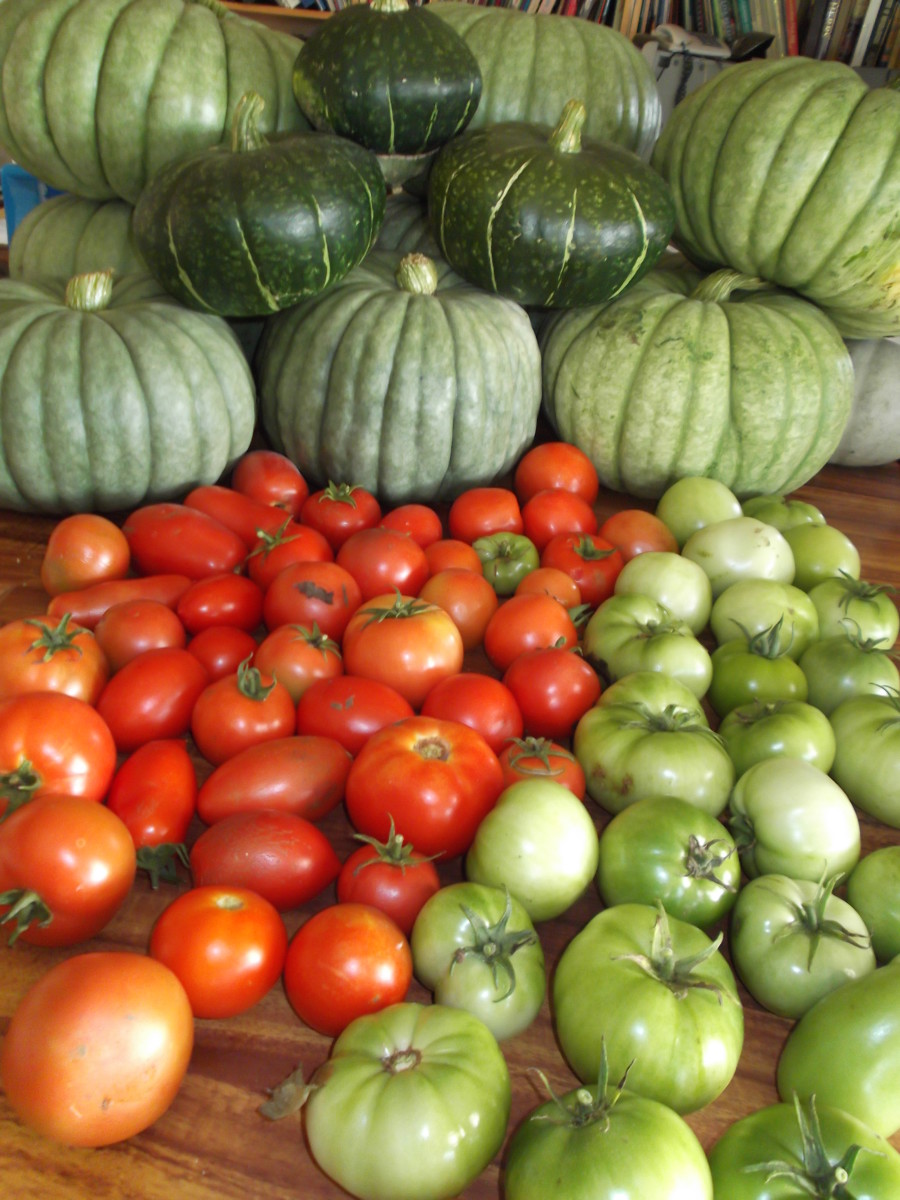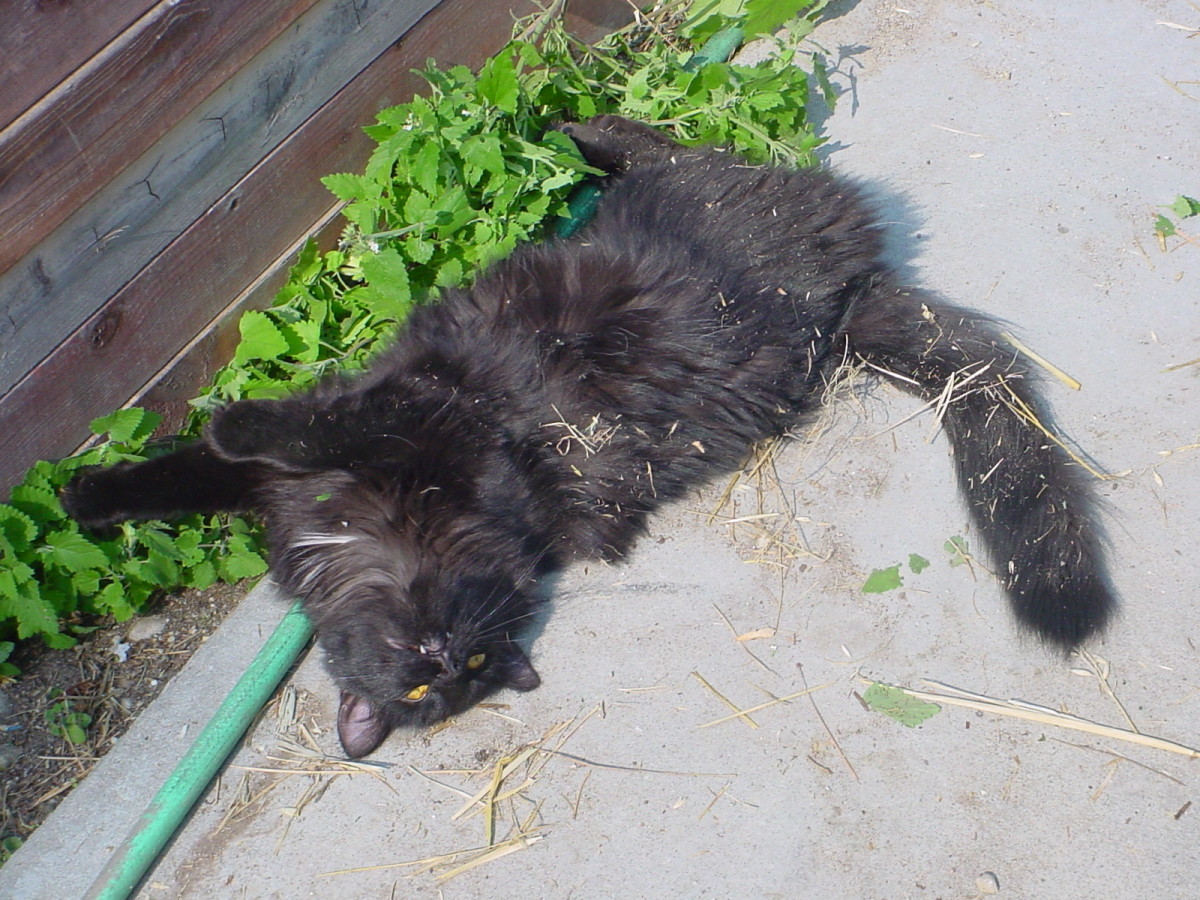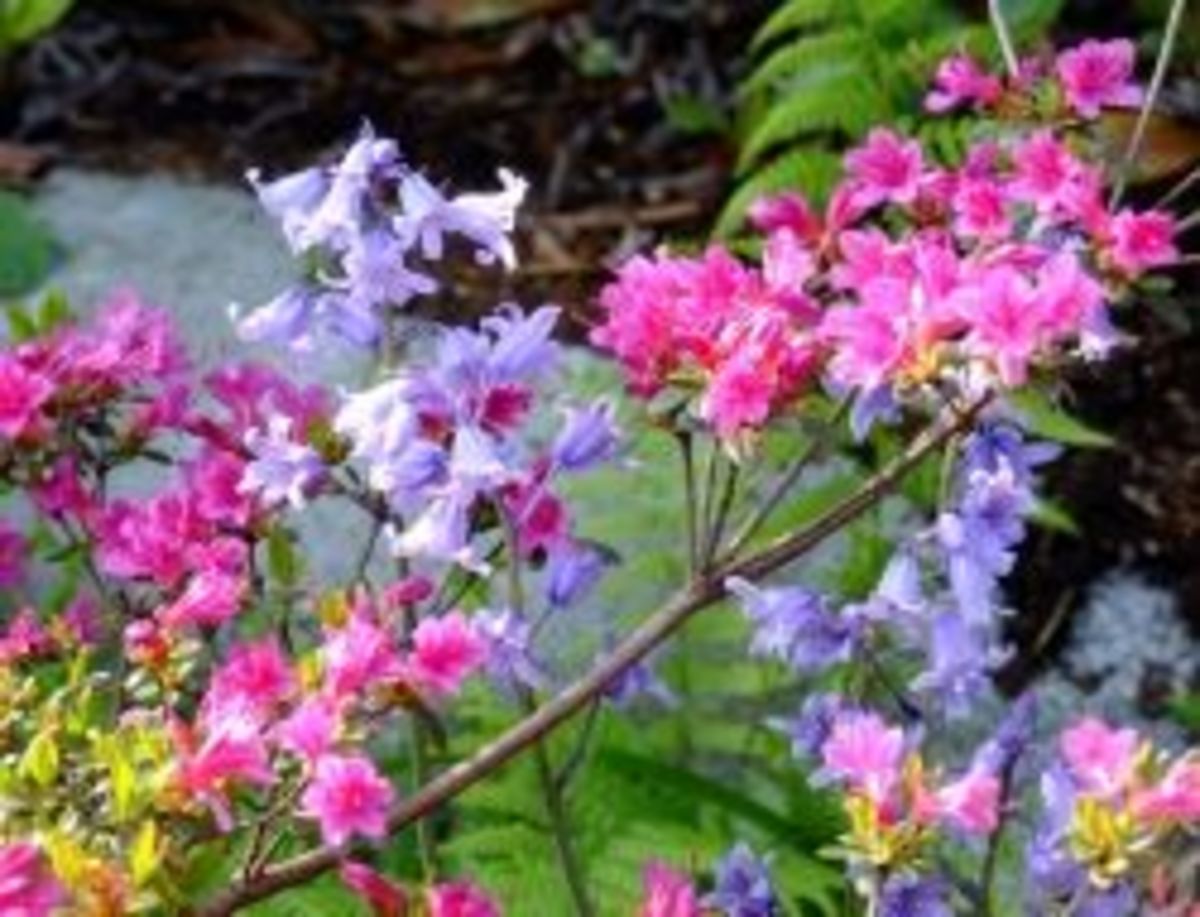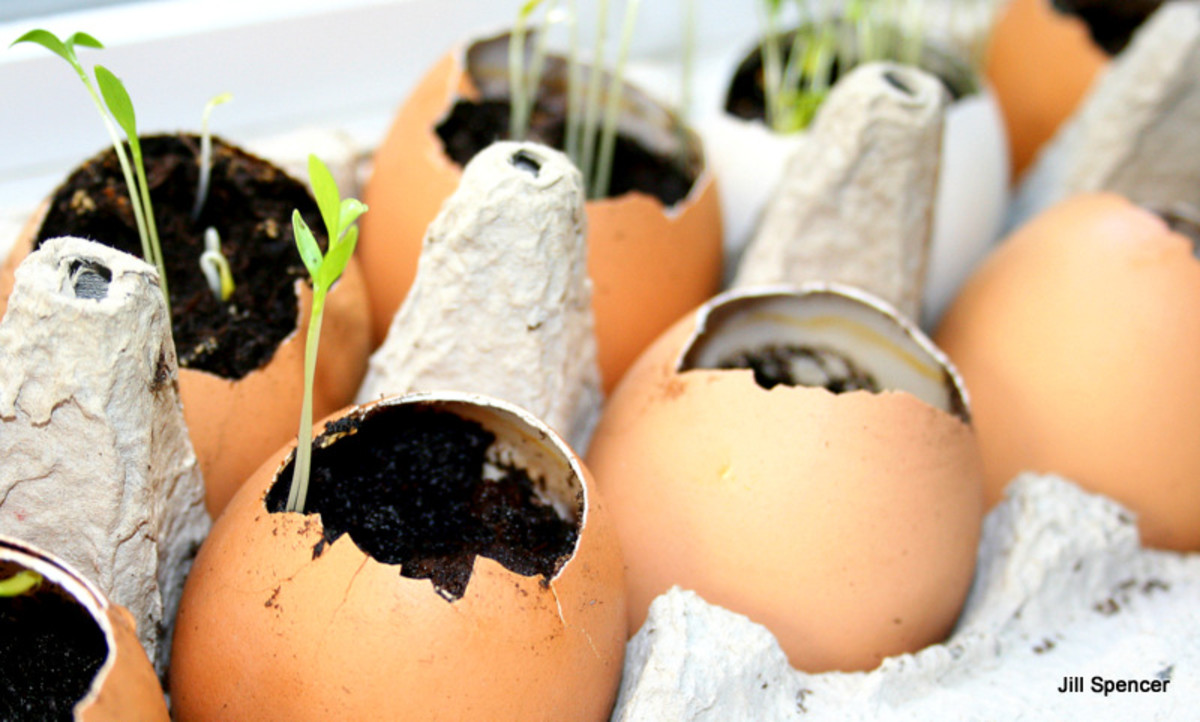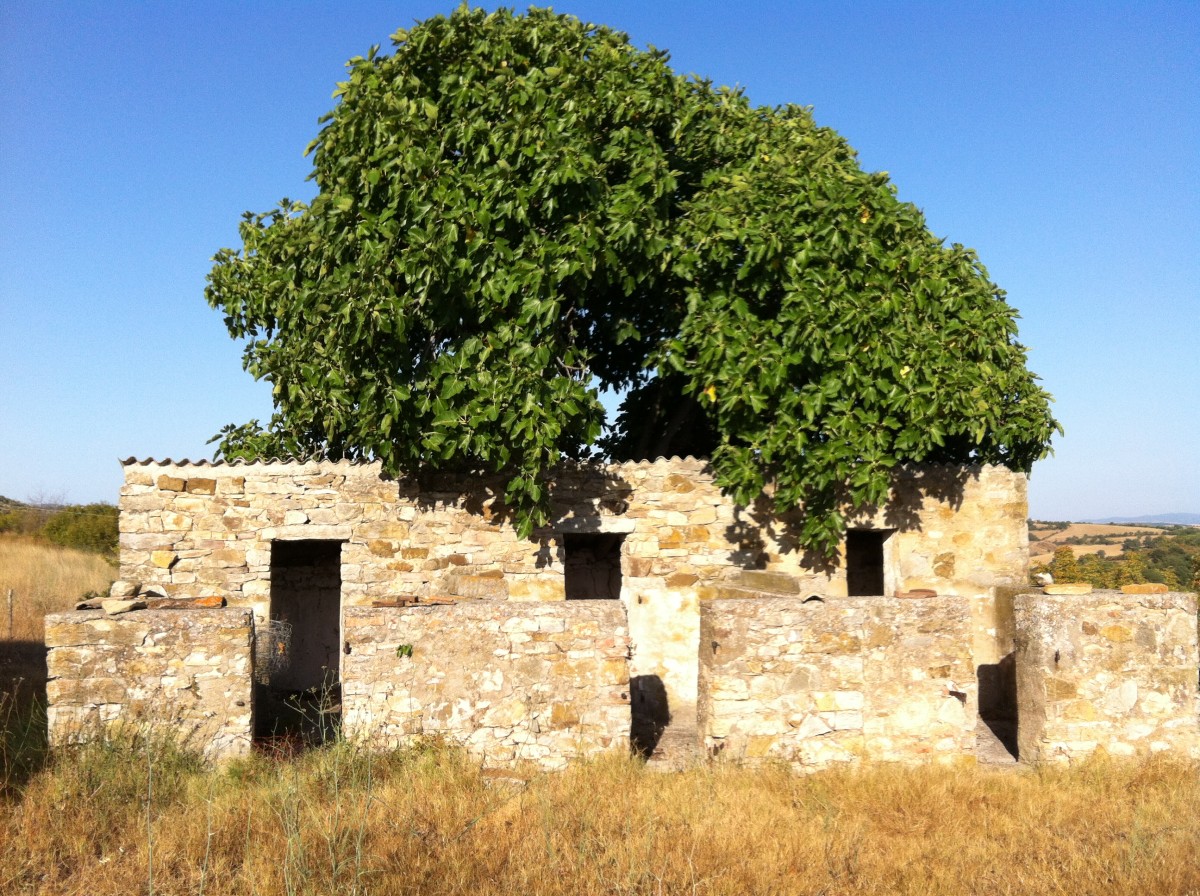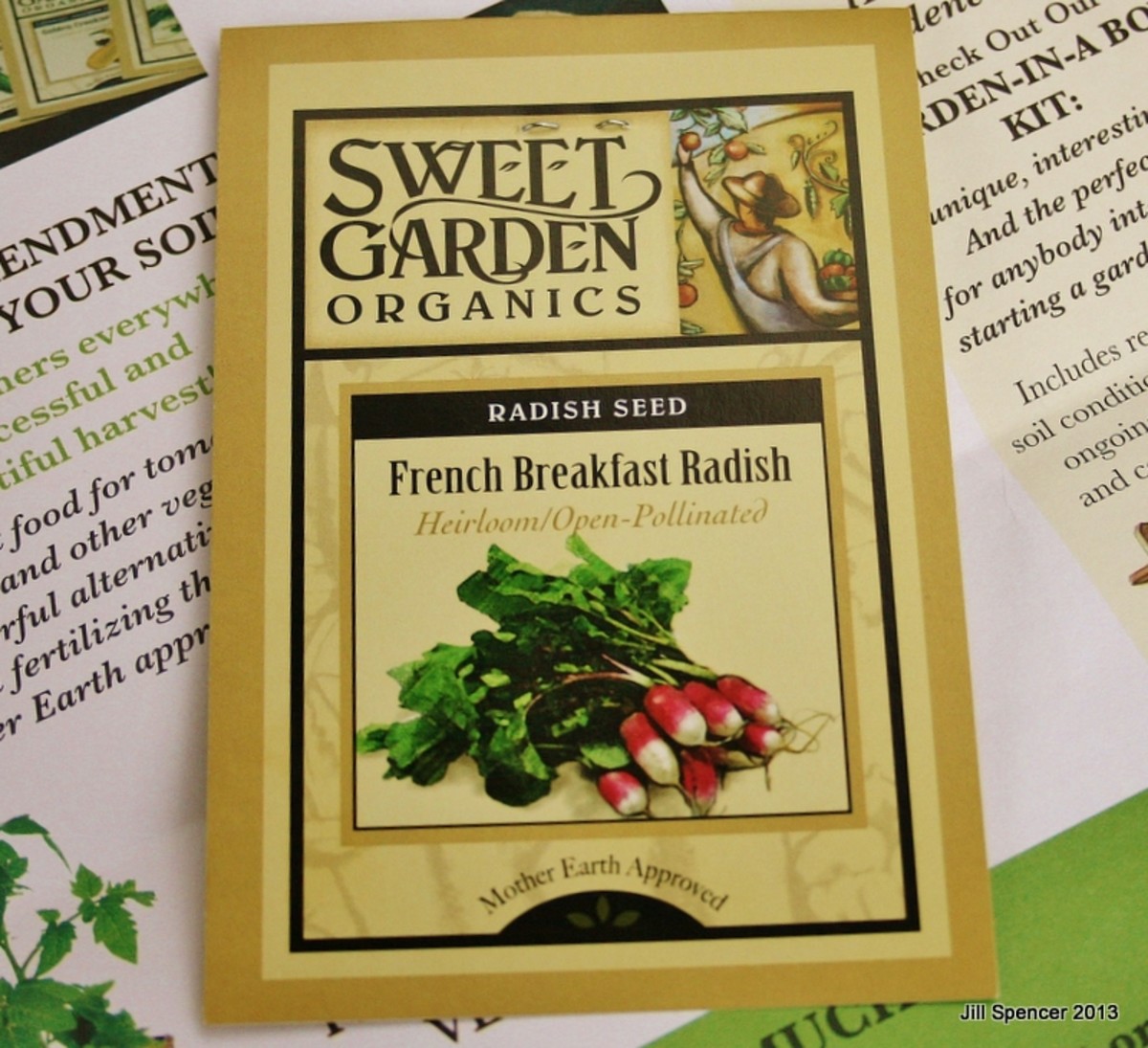Easy Herbs for Beginning Gardeners
6 Herbs That Are Simple to Grow
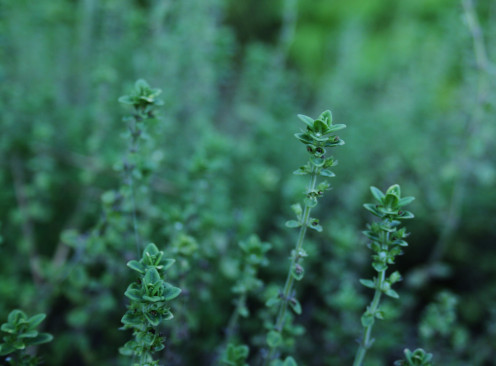
Thyme (Thymus)
Perennial Herb
Approximately 100 species belong to the genus Thymus, an herb notable for its small leaves, tiny blossoms and pleasing scent. Thyme plants come in many colors, from silvery green to almost chartreuse. Some are even variegated.
Common thyme, Thymus vulgaris, is one of the two most frequently grown groups of thyme. While T. vulgaris plants are culinary herbs, thyme plants in the other most common group, Thymus serpyllum (sometimes called mother of thyme or wild thyme) are creeping herbs often used in rock gardens and as ground covers. Although common thyme does not creep, it is also a relatively low-growing plant.
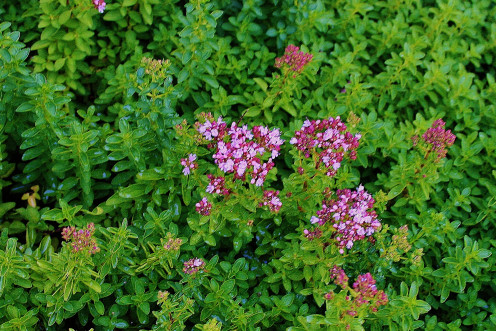
Common thyme and wild thyme are both easy to grow.
Plant thyme in full sun for best results. During the growing season, the herb prefers six or more hours of sunlight per day. Like all herbs, it grows best in well-drained soil.
Grower's Tip: When thyme is actively growing, feed it with a slow-acting fertilizer such as horse manure or diluted fish emulsion.
Chives (Allium schoenoprasum)
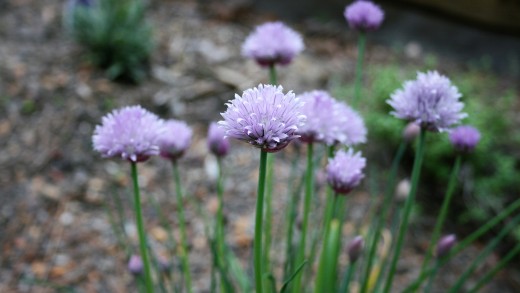
Perennial Herb
Chives are probably one of the best choices for novice herb gardeners. Not only do they grow quickly, but they're extremely hardy, compact and easy to propagate--perfect for a windowsill garden or small herb plot.
Chives perform best when grown in full sun. They prefer moist soil and, like all herbs, require good drainage.
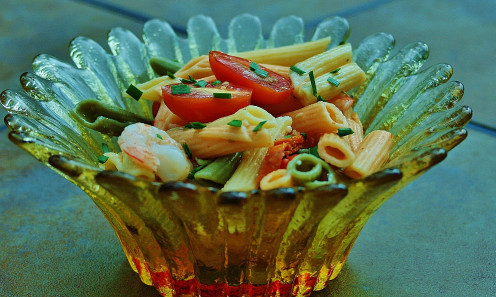
Chives grow in clumps from small white fleshy roots (bulbets). Although some varieties of chives grow up to a foot tall, most reach heights of only 6-9 inches in clumps approximately 6 inches in diameter.
The easiest way to propagate chives is to separate the bulbets of a large chive plant either in the spring or fall, and then replant the bulbets in clusters of three or four.
To use chives, harvest the leaves and flowers. Chopped chives leaves have a mild onion flavor and are delicious in many vegetable dishes. You can also sprinkle chopped chives on soups and salads, or use the leaves whole to tie up bouquet garnis and bundles of sliced vegetables. Chive flowers add flavor and beauty to vinegar. They also make pretty additions to tussie mussies and other floral arrangements.
After repeated harvesting, fertilize your chive plants. A solution of diluted fish emulsion works well.
Grower's Tip: Rows of chives make a neat border along walkways, vegetable gardens and herb gardens. Plant chives near roses and around apple trees to ward off black spot and scab.
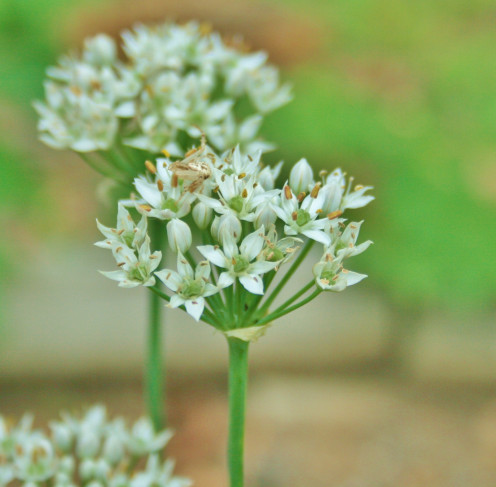
Peppermint (Mentha peperita)
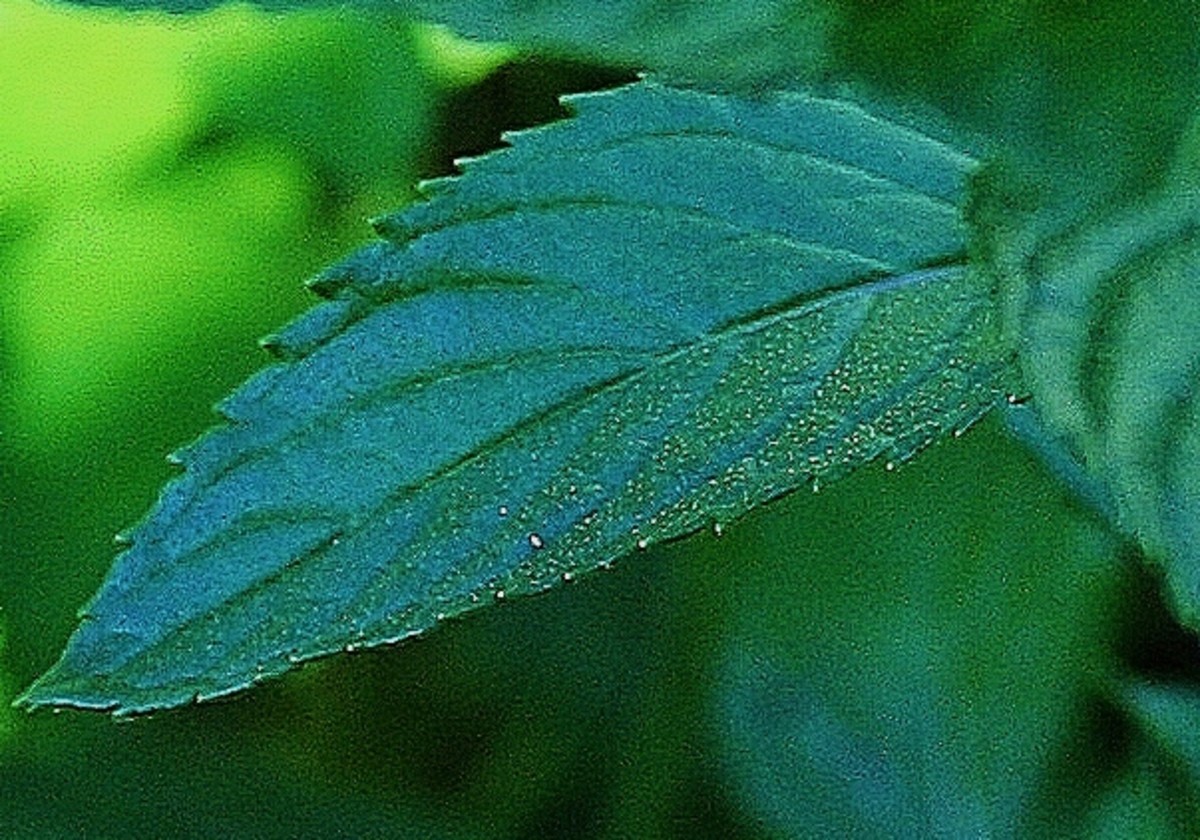
Perennial Herb
If you're interested in growing mint, there are many from which to choose.
One the strongest flavored, most highly aromatic mints is peppermint (Mentha peperita). Fresh peppermint leaves may be harvested for homemade jellies and teas, or used as garnishes for drinks and desserts.
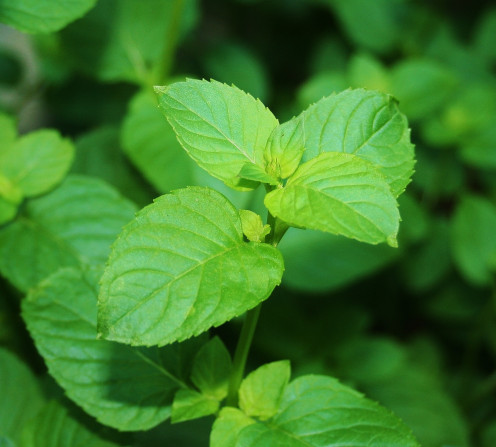
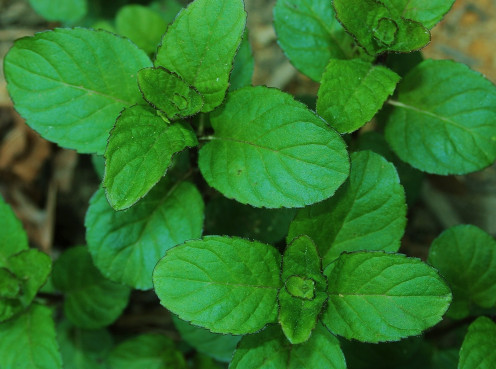
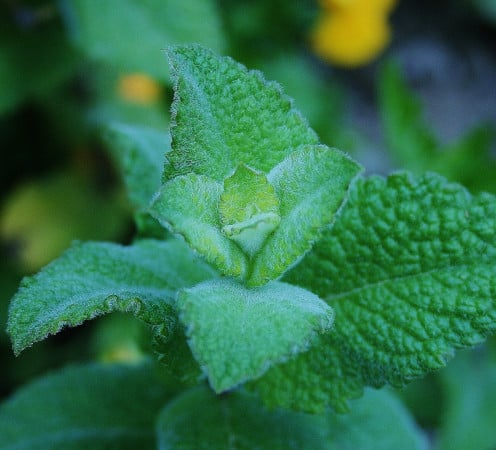
Members of the Mentha family are aggressive growers. For peppermint plants to really flourish, however, they require rich, well-watered soil and 5 to 8 hours of sunlight per day. You'll know when peppermint plants need to be fertilized. In inadequately rich soil, their deep green leaves will begin to yellow.
Because peppermint spreads by shallow, creeping roots (runners) it's easy to propagate through division. Simply pull up a runner and snip off a section, making sure that it includes at least one joint. When the root section is planted, shoots will develop from each joint.
Spearmint (Mentha spicata) is another aromatic, strongly flavored herb that shares peppermint's love of rich soil and full sun.
Comparable fun mints to grow include chocolate mint, lemon mint, grapefruit mint, orange mint, apple mint and pineapple mint.
To keep these mints from becoming invasive, grow them in pots. In flowerbeds and herb gardens, plant mint inside ceramic tiles or bottomless pots buried in the ground. Tiles and pots won't contain mint plants, but they will slow them down--at least a little bit.
Grower's Tip: I enjoy growing mint in flowerbeds as a ground cover. It spreads quickly, keeps down weeds and, at least for me, is a pleasure to control.
Every once in a while, so that mint plants don't take over the beds, I trim them and pull up runners.
As with all herbs, harvesting and pruning mint plants makes them healthier. And oh, the wonderful aroma that fills the air as I yank mint runners out of the ground. Believe me, cutting back mint plants and ripping up aromatic roots is much more pleasant than pulling weeds!
Catmint or Catnip (Nepeta cataria)
Perennial Herb
Catmint is another easy-to-grow member of the Mentha family. Cultivate it for its soft,gray-green leaves and purple-blue blossoms. Or, grow it for your feline friends. Nepeta cataria, also known as catnip, does just as well in a pot as it does in a bed.
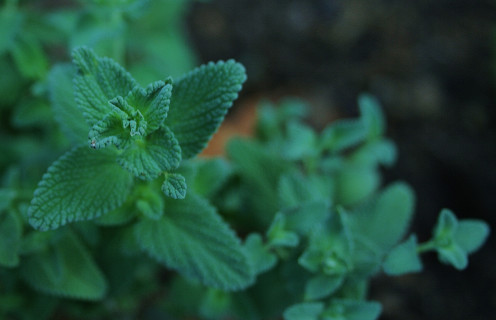
Most varieties grow best in full sun and moist soil. One notable exception is 'Walkers Low,' a low-growing catmint that may be used as a ground cover in dry, poor soil areas.
Although my cat prefers munching Nepeta cataria (or even chives!) to eating Nepeta 'Walkers Low,' it does make an extremely hardy and drought-tolerant ground cover. In fact, members of the Perennial Plant Association voted 'Walkers Low' Perennial Plant of the Year in 2007.
Grower's Tip: Cut catmint back after it blooms in spring for a second blooming in the summer.
Dill (Anethum graveolens)
Annual Herb
Dill is as easy to grow as it is to use. If you grow dill, you'll find many daily uses for it. Add dill leaves to salads, sprinkle them over baked fish or stir them into rice. They add a refreshingly tart taste to many dishes. If you grow cucumbers, dill will really come in handy as pickling recipes ordinarily call for dill seeds.
So long as they have good drainage and full sun, dill plants grow well in both beds and pots. They also look quite striking in herbaceous borders.
Grower's Tip: Although dill is an annual herb, it may reseed itself. If not, either purchase or collect dill seeds and sow them directly outside in the fall or early spring.
Dill seeds can easily be sown indoors as well. No need to start them in peat pots or cells. In March or April, simply scatter them into the pots you plan to use for them. Be sure to thin dill seedlings well, ultimately choosing one to two plants per pot.
Lemon Balm (Melissa officinalis)
Perennial Herb
Lemon Balm is another herb that's extremely easy to grow. It reaches heights of two feet or more, and has wrinkly leaves that range in color from light to deep green. Its small, yellow flowers, which bloom in spring and summer, attract bees, while its lemony scent repels other flying pests.
Although it does well in either full sun or part shade, lemon balm prefers moist soil to dry. Its one major requirement? Lemon balm must have good drainage. Like all herbs, it's prone to root rot if grown in soggy soil.
Keeping these few requirements in mind, beginning gardeners should have no trouble getting lemon balm to grow.
Grower's tip: A member of the Mentha family, lemon balm is an aggressive grower that can overpower a flowerbed with its towering height and fast-growing runners. For this reason, it makes a good potted herb, either indoors or out.
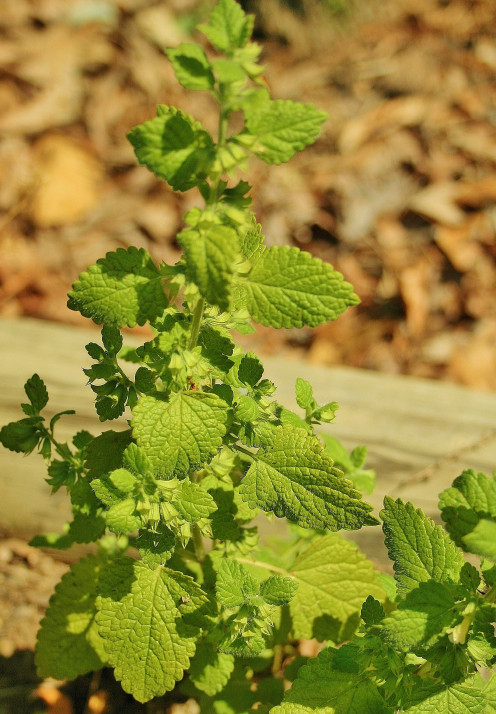
Drainage for Herbs
Herbs are susceptible to root rot & need soil that drains well.
To improve drainage in the garden, add compost to soil. To assure that potted herbs drain well, line the bottoms of herb pots with pebbles before planting or select pots with drainage holes.
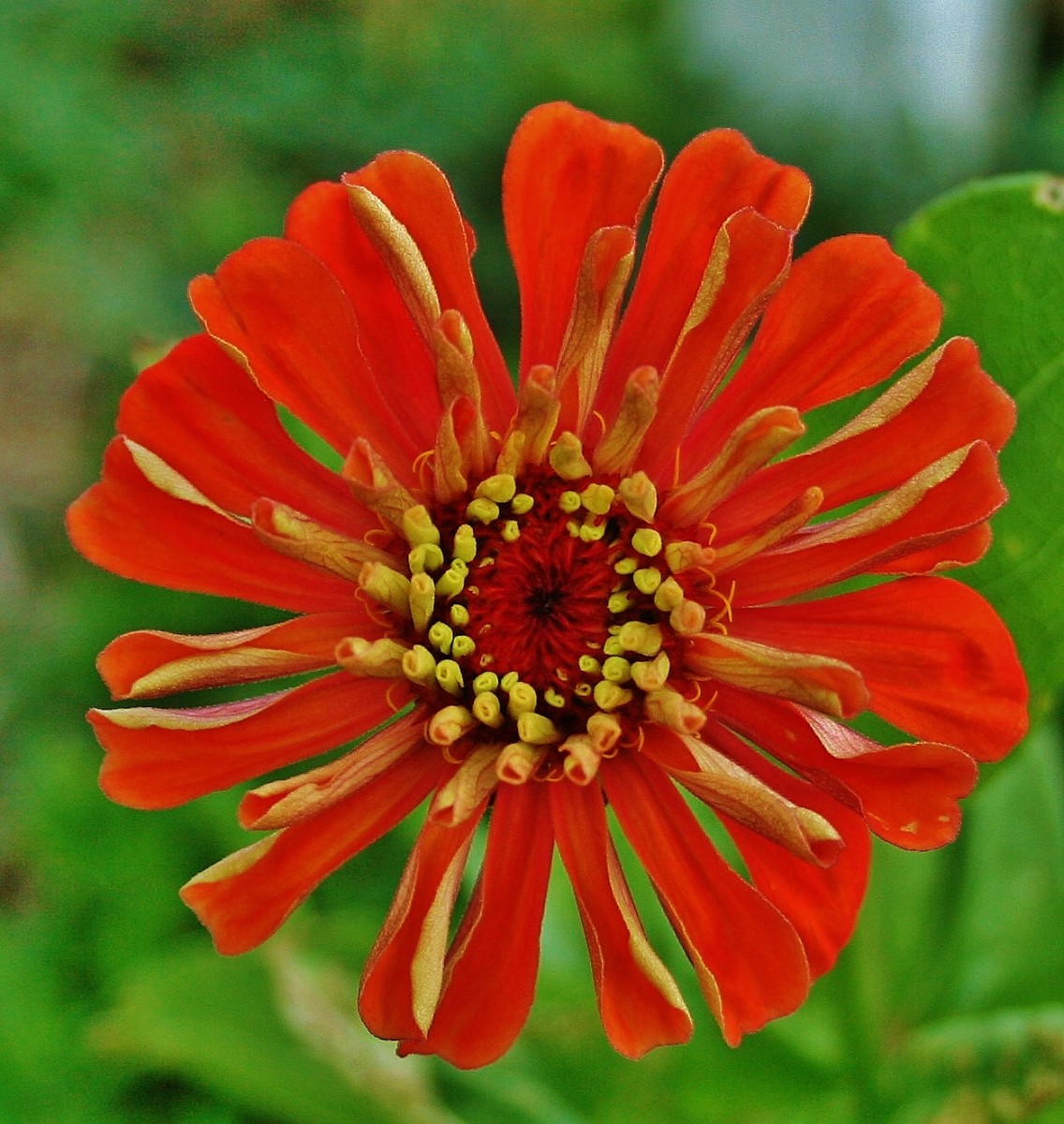
About the Author
The Dirt Farmer has been an active gardener for over 30 years.
She first began gardening as a child alongside her grandfather on her parents' farm.
Today, The Dirt Farmer gardens at home, volunteers at community gardens and continues to learn about gardening through the MD Master Gardener program.
This content is accurate and true to the best of the author’s knowledge and is not meant to substitute for formal and individualized advice from a qualified professional.
© 2012 Jill Spencer
